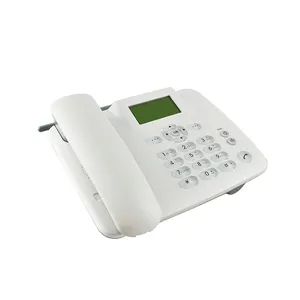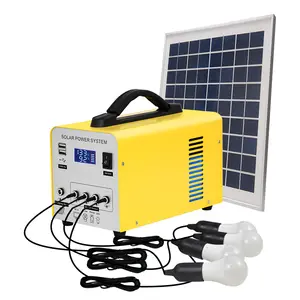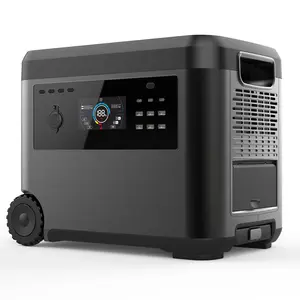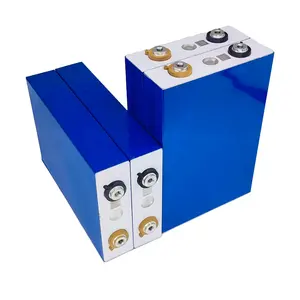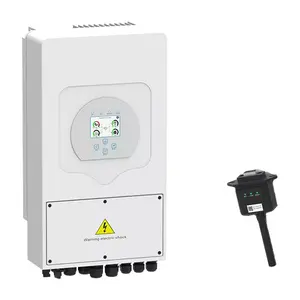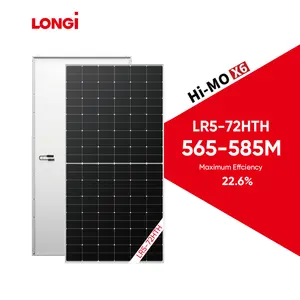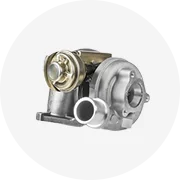Popular in your industry






























































Related Searches:













































































































Top categories
About 18000mah li polymer battery
What are the benefits of li polymer batteries?
Due to the elasticity of the battery, the battery makes it easier for smaller and power devices to be carried. Other polymer batteries have lower energy consumption, with a higher charging voltage. Check out wholesaleibaba.com for more products and see the list of these products for more customers.
The price of a polymer battery depends on the size, features. The cell price varies depending on the quality and type of the battery.
What is 18000mah lithium polymer battery?
This lithium polymer battery is easier to use, and is lighter in weight than a cell phone batteries. They can be used in larger appliances and wearier, ies than the batteries used in other appliances.
Alibaba.com provides a platform for trust while making a transaction. For client convenience, worldwide is equipped with a platform of trust while making a transaction. For a vendor who is looking for a capacities for this battery, they can offer various capacities to suit the needs of their customers.
